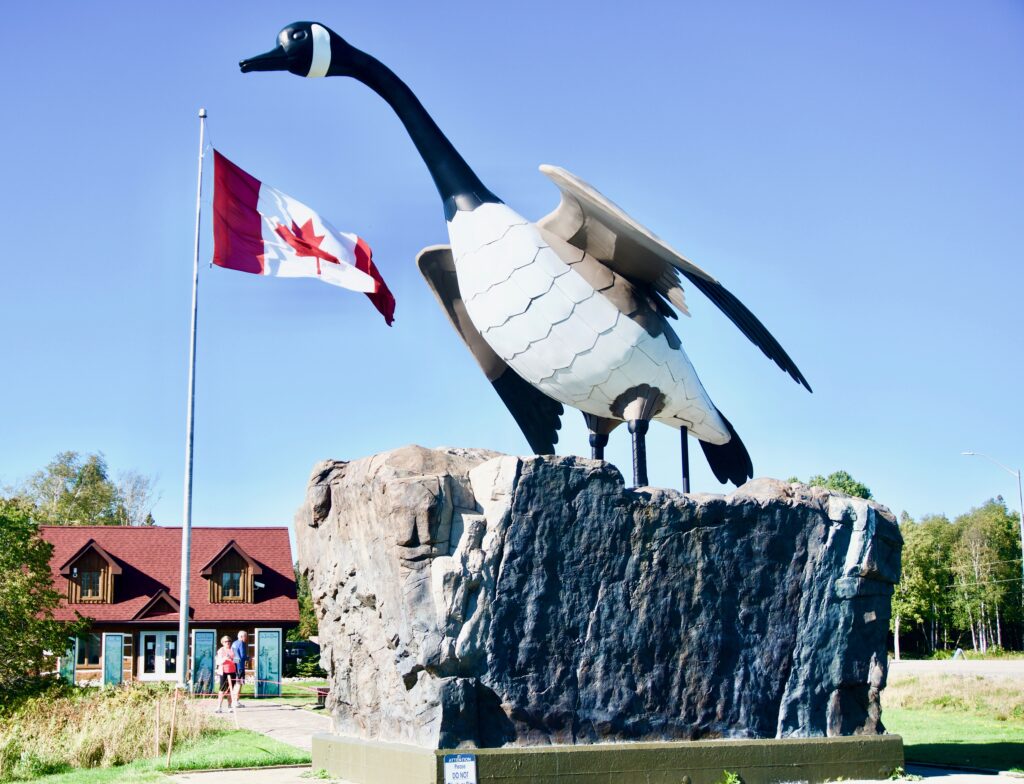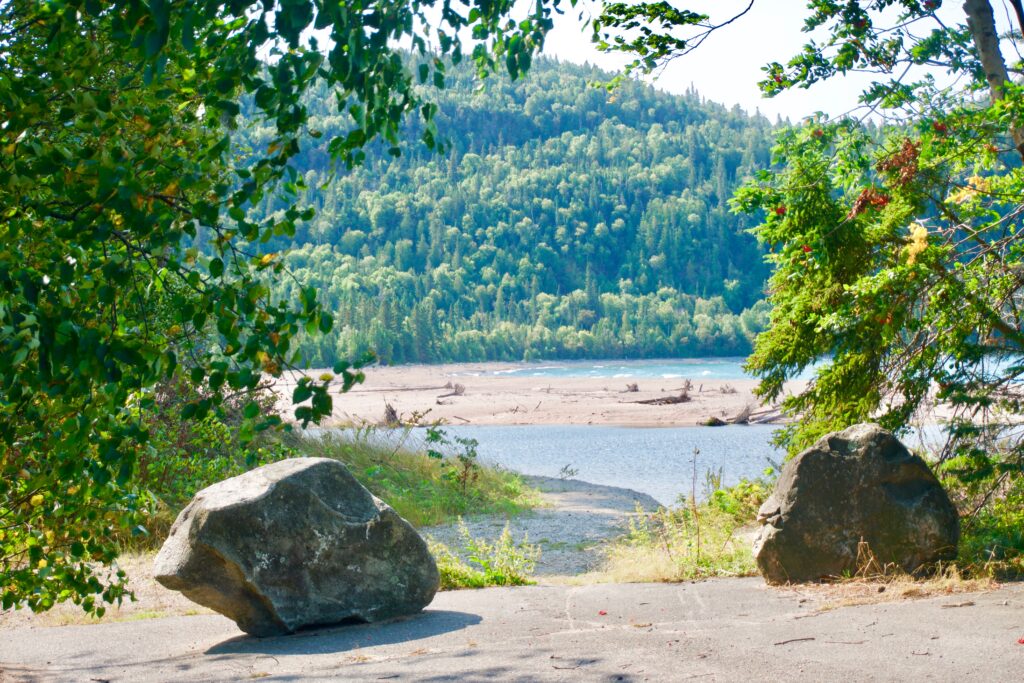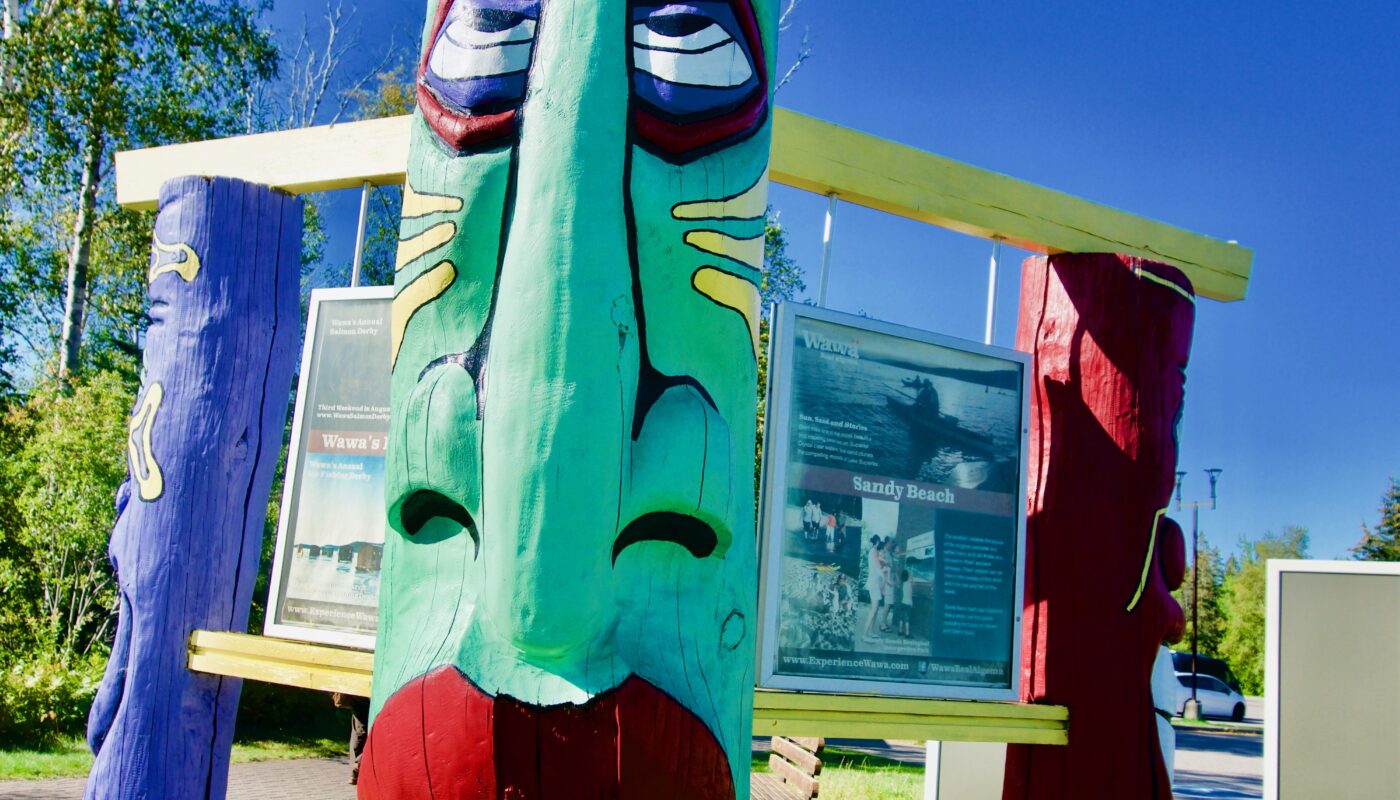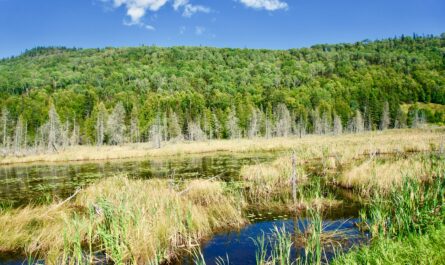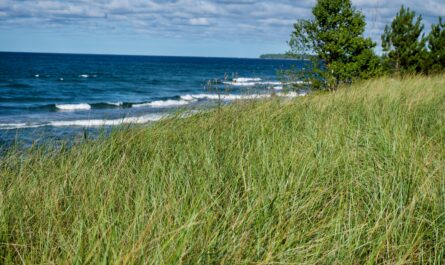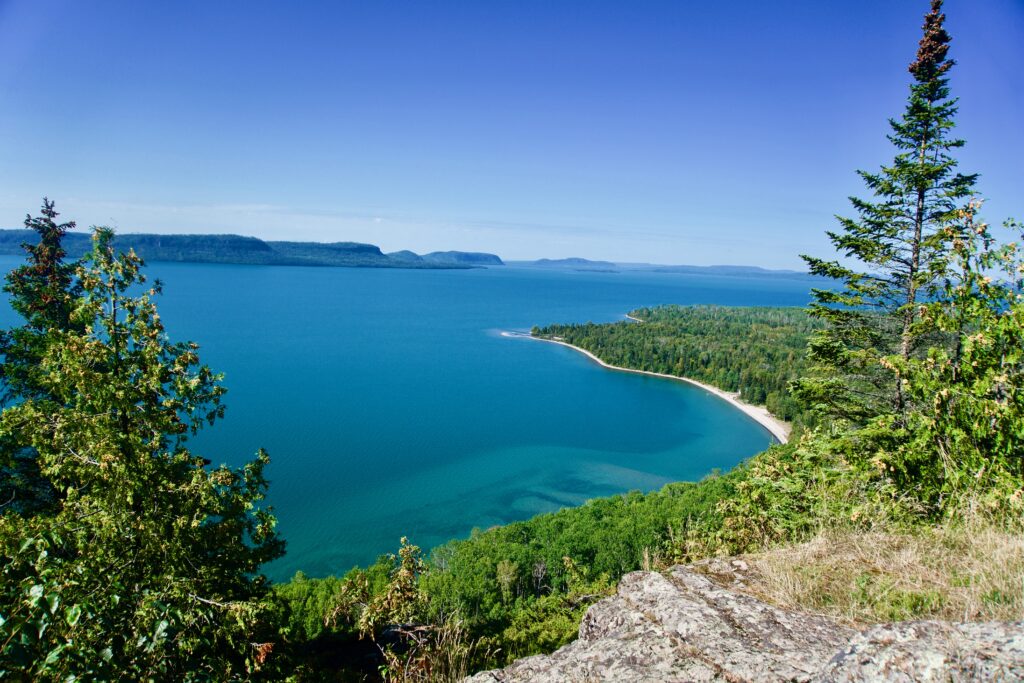
WAWA, ONTARIO — This town of 2,700 hosted gold miners at the turn of the 20th century, iron ore miners in the decades that followed, and was only reachable by plane until 1962 when the 145-mile segment of Trans Canada Highway 17 opened from Sault Ste. Marie. Even now, well into the 21st century, Wawa feels like an outpost. More than 1,400 residents have departed since the early 1990s. Storefronts are dark. Dust swirls around empty industrial sites.
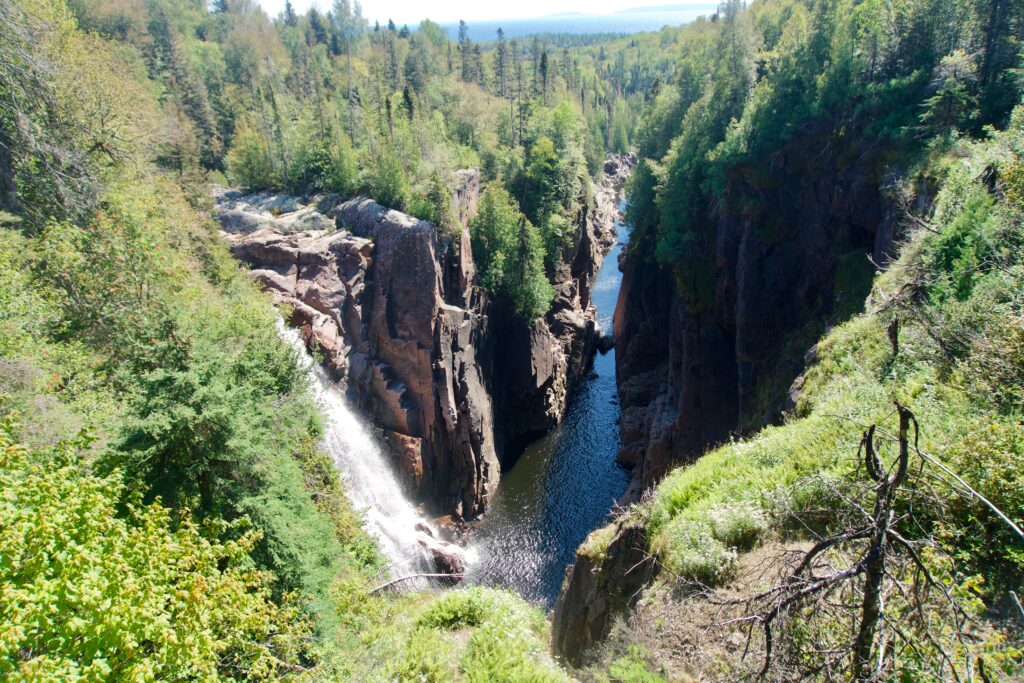
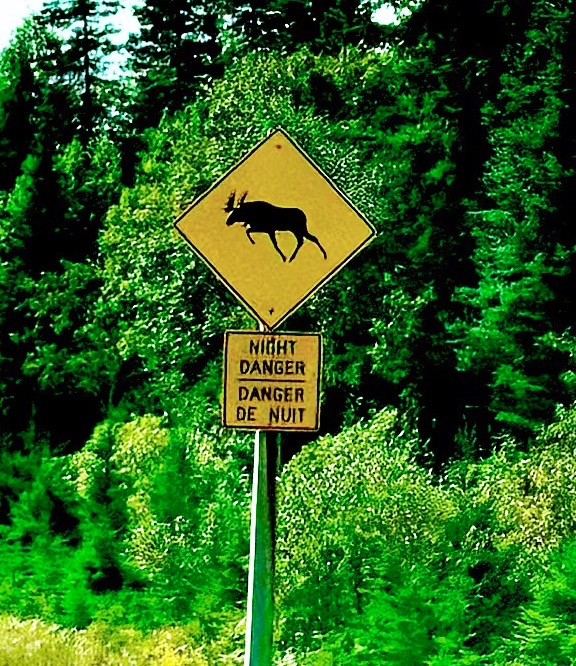
The dust. The decline. The sturdy wind fits a town located at the eastern terminus of more than 300 miles of Lake Superior frontier that lies in Ontario between Nipigon and Batchawana Bay. It’s an astonishing landscape of towering highlands, hard volcanic rock, trackless forests, stirring waterfalls, scores of lakes and rivers, and horizon-to-horizon views of deep blue Great Lakes water. Ontario is famous worldwide for the expanse of its wilderness. The province lies across 415,000 square miles, roughly the size of Texas and California combined. Most of its 14.5 million residents live in the province’s southeast region, which includes Toronto and Ottawa. Much of the rest of Ontario is forest and water.
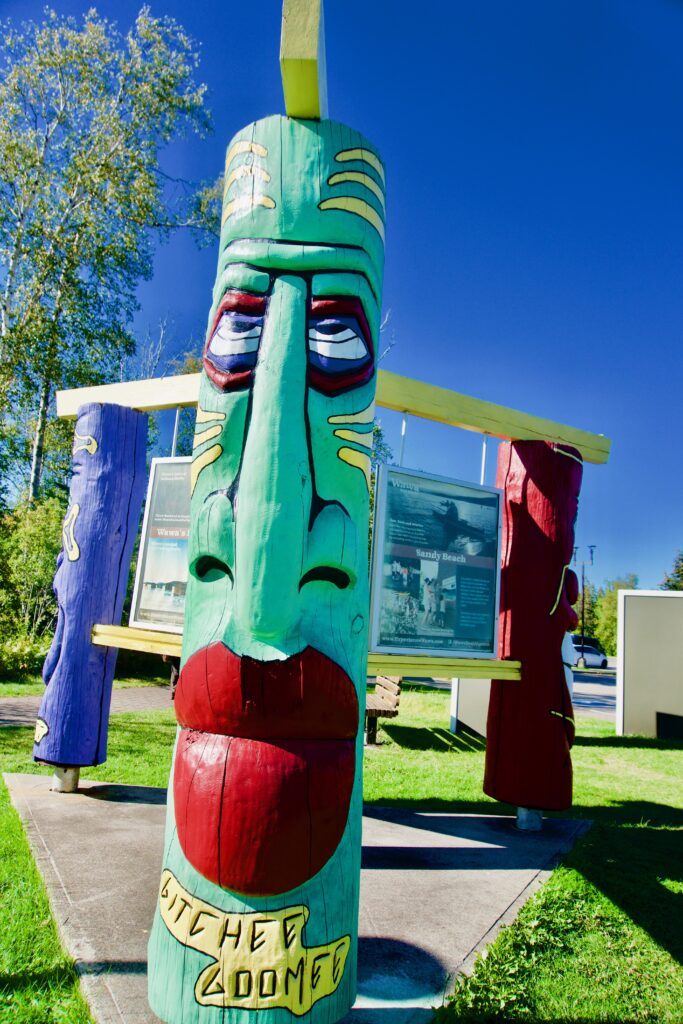
Lake Superior’s North Shore is an apt display of the magnificence of nature unmolested. Black spruce, poplar, tamarack and white birch tower mile after mile after mile. I have never seen and know of no comparable stretch of wilderness in the lower 48 states. The sense of glorious loneliness, the arrogance of isolation, is heightened by Highway 17. It is two lanes romping up and down the highlands, then hugging the shoreline, and so lightly trafficked that people waved at us in vehicles passing in the other direction.
Still, the peak experience of this wilderness was the bald eagle that dipped its wings at us above the highway and the huge wolf that appeared just minutes later, crossing the highway east of Terrace Bay immediately in front of us. He stopped beside the road to watch us as we slowed to look at him, then calmly ambled through the low-lying brush. A wolf in the wilderness! King of this jungle. My word.
When we started our 10-day trip around Lake Superior we wanted to answer a single question. What lies on the Canadian side? The answer: a magnificent feast of nature. A place where forest, rock, water, and sky meet in wondrous ways that are largely undiminished by mankind. What a great trip.
— Keith Schneider
